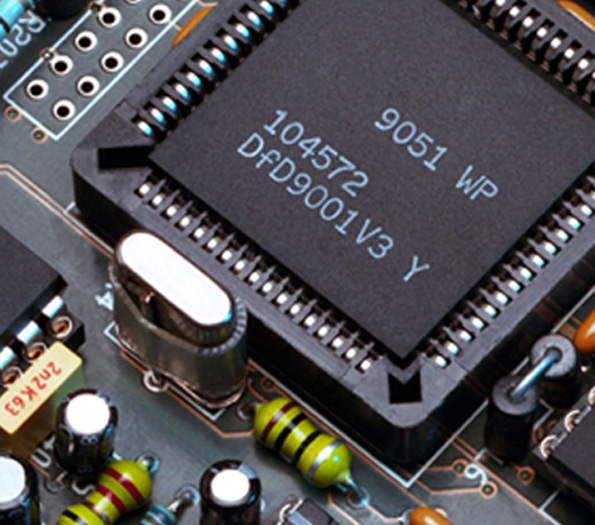

Understanding Mirror Glass Prices Factors and Trends
Mirror glass has become an essential component in various industries, from interior design and architecture to automotive and manufacturing. As consumers become more conscious of aesthetics and functionality, the demand for high-quality mirror glass has surged. With this increased demand comes a variety of prices, influenced by numerous factors. In this article, we will explore the elements that contribute to mirror glass prices, current market trends, and tips for consumers to make informed purchasing decisions.
Factors Influencing Mirror Glass Prices
1. Material Quality The type of glass used significantly impacts pricing. Higher-quality glass, such as low-iron glass, provides better clarity and less distortion, making it more expensive than standard glass. Manufacturers that offer premium products often charge a premium price due to the additional processing and quality assurances involved.
2. Thickness Thickness is another crucial factor. Thicker mirrors are typically sturdier and provide enhanced durability, which can justify higher prices. Standard thickness options, usually between 1/8 inch and 1/4 inch, are more affordable. However, custom thicknesses can drive prices up depending on the specifications.
3. Coating and Finishing Mirror glass can come with different coatings that enhance its reflective properties and protect it from environmental conditions. Anti-corrosive coatings, for instance, can extend the life of mirror glass, especially in humid areas like bathrooms. These specialized finishes can significantly increase the price compared to untreated glass.
4. Size and Customization The dimensions of the mirror also play a pivotal role in pricing. Standard sizes might be more affordable due to mass production, while custom sizes require more time and resources to manufacture, leading to higher costs. Additionally, intricate designs or shapes can further escalate the price depending on the complexity.
5. Supply Chain Factors Like many other products, mirror glass prices are subject to fluctuations in the supply chain. Factors such as changes in raw material costs, production delays, labor costs, and shipping rates can all contribute to price variations. Economic conditions and demand surges can lead to increased prices as well.
Current Market Trends

As of 2023, the mirror glass market is seeing an upward trend in demand. This surge is fueled by a growing interest in home décor, sustainability, and customization. Many consumers are seeking mirrors not only for their practical use but also as decorative elements. The rise of interior design influencers on platforms like Instagram and Pinterest has led to increased visibility and interest in unique mirror designs, further propelling demand.
Moreover, advancements in technology have allowed manufacturers to produce more innovative mirror glass products, such as smart mirrors that integrate digital displays. These high-tech options cater to tech-savvy consumers and often come with a correspondingly higher price tag.
Tips for Consumers
When purchasing mirror glass, it’s essential to keep the following tips in mind
- Research Compare prices from different suppliers to get a sense of the market range. Look for reviews and testimonials to gauge the quality of the products.
- Consider Quality over Price While it might be tempting to opt for cheaper options, investing in high-quality mirror glass can save you money in the long run due to durability and better aesthetic appeal.
- Look for Sales and Discounts During events like Black Friday or holiday sales, you might find significant discounts on mirror glass products. Always be on the lookout for promotional offers.
- Customize Wisely If you’re considering a custom-made mirror, clearly define your needs to manage costs effectively. Discuss options with suppliers to find the best balance between quality and price.
In conclusion, mirror glass prices are influenced by various factors, including material quality, thickness, coating, size, and current market dynamics. Staying informed about trends and understanding what to look for can empower consumers to make savvy purchasing decisions in this vibrant market.